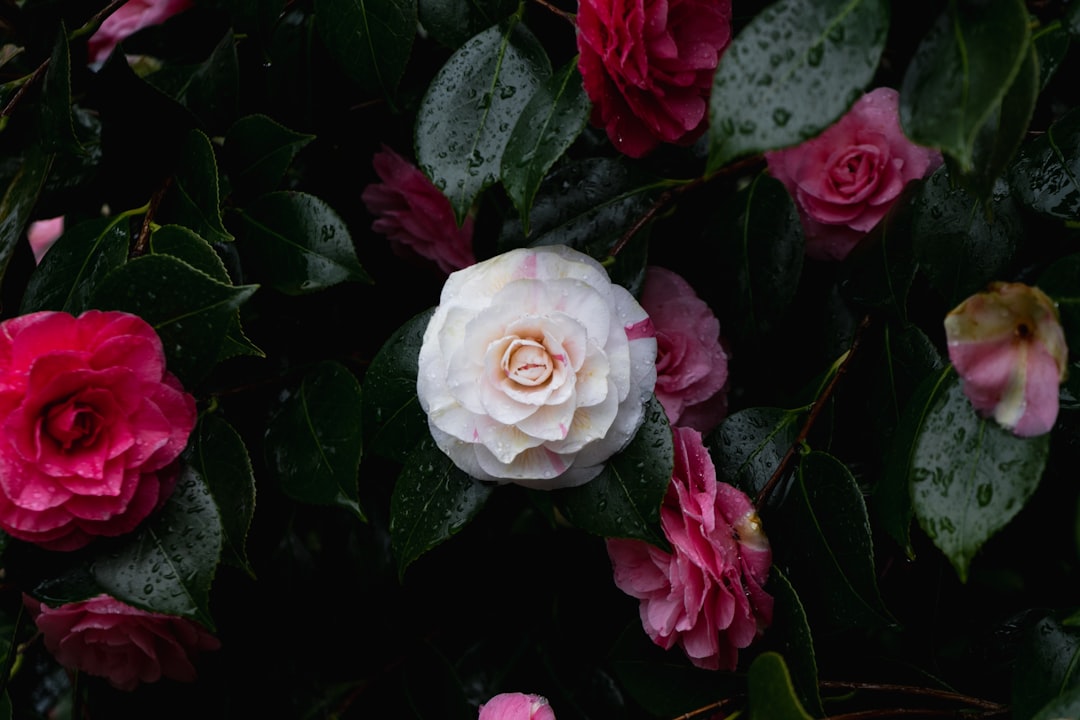Flowers have always held a special place in our hearts, adding beauty and fragrance to our surroundings. Among the many perennials that grace our gardens, valerian stands out with its enchanting aroma and delicate blossoms. In this guide, we will explore the art of growing valerian, from planting to care, and discover how to deal with pests and choose the perfect companion plants.
### Getting to Know Valerian
Valerian, scientifically known as Valeriana officinalis, is a herbaceous perennial that belongs to the Caprifoliaceae family. It is native to Europe and Asia but has been naturalized in many parts of North America. Valerian is well - known for its sweet - scented flowers that bloom in clusters during the summer months. The flowers are usually white or pink and attract a variety of pollinators, such as bees and butterflies.
### Planting Valerian
When it comes to planting valerian, the first step is to choose the right location. Valerian thrives in full sun to partial shade. It prefers well - drained soil that is rich in organic matter. You can start valerian from seeds or seedlings. If you are starting from seeds, sow them directly into the garden in the spring or fall. Make sure to cover the seeds lightly with soil, as they need some light to germinate.
Dig a hole that is slightly larger than the root ball of the seedling. Place the seedling in the hole and backfill with soil, gently firming it around the base of the plant. Water the newly planted valerian thoroughly to help it establish its roots. Space the plants about 18 - 24 inches apart to allow for proper air circulation and growth.
### Caring for Valerian
Valerian is a relatively low - maintenance plant, but it still requires some care to thrive. Watering is crucial, especially during dry spells. However, be careful not to over - water, as valerian does not like soggy soil. A good rule of thumb is to water deeply once a week, allowing the soil to dry out slightly between waterings.
Fertilizing valerian is also important. Apply a balanced, slow - release fertilizer in the spring to provide the plant with the necessary nutrients for growth and flowering. You can also add a layer of compost around the base of the plant to improve the soil quality and retain moisture.
Pruning is another aspect of valerian care. After the flowers have faded, you can cut back the spent flower stalks to encourage new growth and potentially a second bloom. In the fall, you can cut the plant back to the ground to prepare it for winter.
### Dealing with Pests
Like any other plant, valerian is susceptible to certain pests. One of the common pests that affect valerian is aphids. These small, soft - bodied insects can suck the sap from the plant, causing stunted growth and distorted leaves. To control aphids, you can spray the plant with a strong stream of water to dislodge them. You can also use insecticidal soap or neem oil, which are natural and effective ways to get rid of aphids.
Slugs and snails can also be a problem for valerian. They chew on the leaves and flowers, leaving behind holes and damage. To prevent slug and snail damage, you can create a barrier around the plant using crushed eggshells or diatomaceous earth. You can also set up beer traps to attract and drown the slugs and snails.
### Companion Plant Suggestions
Companion planting is a great way to enhance the health and beauty of your garden. When it comes to valerian, there are several companion plants that work well together. One such companion is lavender. Lavender has a similar growth habit and prefers similar growing conditions as valerian. The strong fragrance of lavender can also help to repel pests.
Yarrow is another good companion plant for valerian. Yarrow attracts beneficial insects, such as ladybugs and lacewings, which can help to control pests in the garden. Additionally, yarrow has deep roots that can help to improve the soil structure.
Chives are also a great companion for valerian. Chives have a strong odor that can deter pests, and they also add a pop of color to the garden with their purple flowers.
In conclusion, growing valerian can be a rewarding experience. By following these planting and care tips, dealing with pests effectively, and choosing the right companion plants, you can enjoy the beautiful and fragrant flowers of valerian in your garden for years to come. So, roll up your sleeves, get your gardening tools ready, and start growing this wonderful perennial today!

